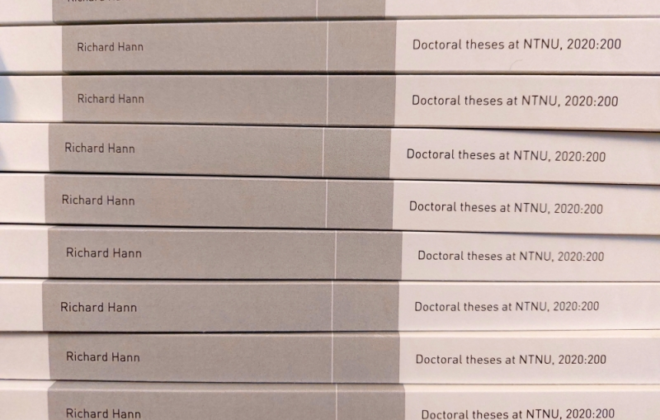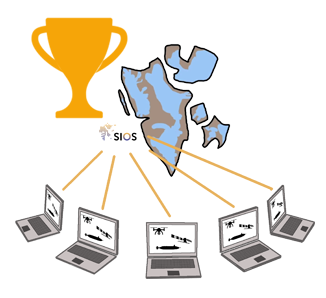Surging glaciers in Svalbard
I am happy to announce that my colleagues and I have published another The State of Environmental Science in Svalbard Report for SIOS. This report is laying the groundwork for my recent involvement in mapping and exploring surging glaciers in Svalbard and is a useful summary to the state of knowledge in that area.
Glacier surges—sudden accelerations in glacier movement—are a fascinating yet poorly understood phenomenon. While typically a rare behavior, these surges have been observed across 36% of Svalbard’s glaciers. The research sheds light on the dynamics of surging glaciers, combining satellite data, field observations, and palaeo-glaciological evidence.
The causes of surges involve changes in the subglacial environment, such as water pressure and thermal conditions, which lead to enhanced ice flow. While some glaciers experience regular surges, the triggers remain unclear, and long-term climate impacts on these events are still debated.
Advanced technologies like satellite monitoring, UAVs, ground-penetrating radar, and seismology have enabled researchers to track surge dynamics. Yet, gaps persist in understanding historical surges and their long-term effects on glacier mass balance. The study calls for better tools, like portable sensor systems and integrated field campaigns, to close these knowledge gaps.
Understanding glacier surges is critical, as they affect ice loss, sea level, and ecosystems. This interdisciplinary research emphasizes the need for global collaboration to address the challenges posed by Svalbard’s dynamic cryosphere.
Publication: Harcourt, W.D., Pearce, D.M., Gajek, W., Lovell, H., Luckman, A., Benn, D., Kohler, J., Kääb, A., Hann, R. (2025) Surging glaciers in Svalbard: Current knowledge and perspectives for monitoring. SESS Report 2024, Svalbard Integrated Arctic Earth Observing System. doi.org/10.5281/zenodo.14425522



